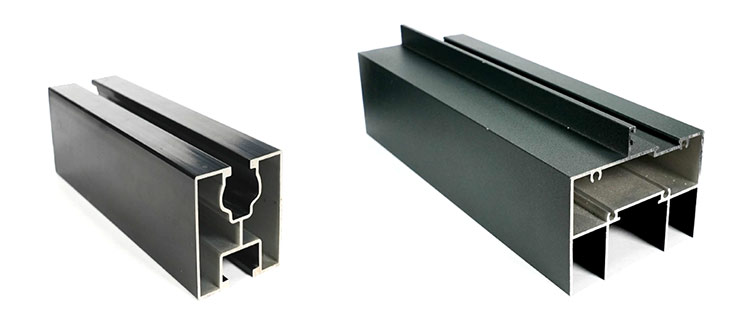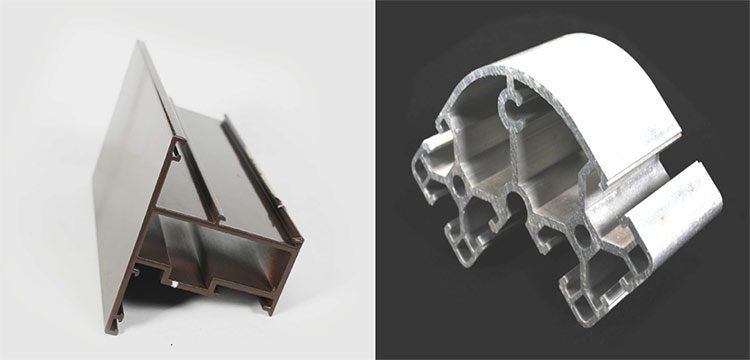In 2024, China's aluminum profiles output accounted for 65% of the global total, but its export structure reveals a dual imbalance: the share of the Southeast Asian market rose to 39%, while the share in Europe and the U.S. dropped to 12% due to a 32.6% anti-dumping duty. Industrial upgrading shows a three-pronged breakthrough trend:
Breakthrough in Localization of High-End Materials

Construction of Green Manufacturing Systems

Technical Premium of Customization
According to CRU forecasts, by 2026, the export proportion of China's high-end industrial aluminum profiles will increase to 35%, and the technical premium space will expand to $1,200/ton.